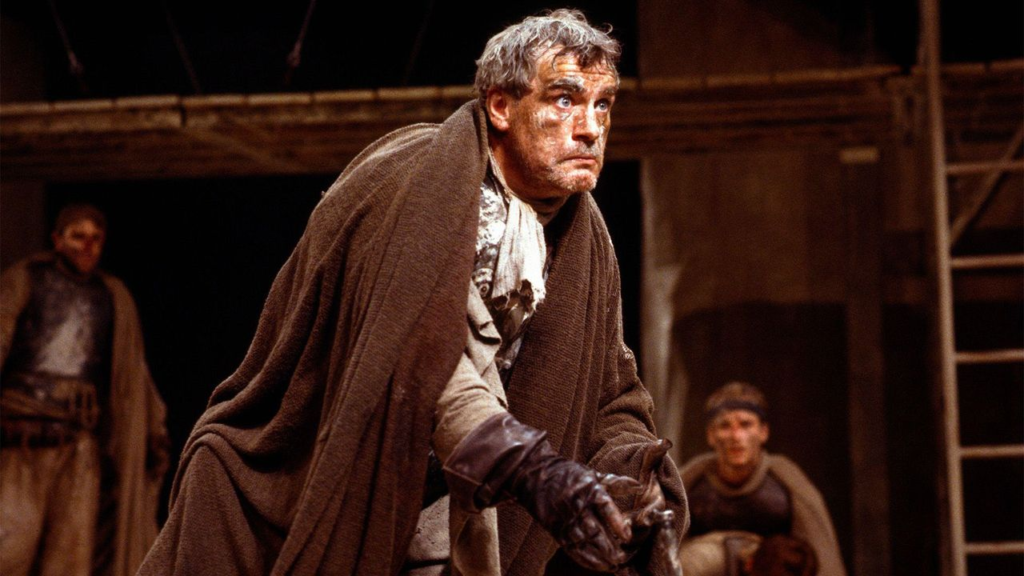Introduction
Good theatre has the power to move us, but few plays do so as viscerally as Shakespeare’s bloodiest play, Titus Andronicus. As a new production at the Royal Shakespeare Company (RSC) unleashes unprecedented gore on stage, audiences are once again asking: why are we drawn to such brutal displays? From fainting spectators to gallons of fake blood, the extreme reactions Titus provokes make it an enduring theatrical phenomenon.

1. A Legacy of Shock and Awe
Titus Andronicus was infamous even in Shakespeare’s day for its graphic violence. Originally a crowd-pleaser among bloodthirsty Elizabethans, the play features a staggering 14 deaths, mutilations, and acts of revenge that have challenged directors and audiences alike for centuries.
2. RSC’s Blood-Soaked Revival
Director Max Webster’s new RSC production promises to be one of the most extreme stagings yet, complete with a “wet room” onstage, gallons of fake blood, and a drainage system to handle the carnage. Actor Simon Russell Beale leads a stellar cast in what promises to be a visceral, unforgettable experience.
3. The Power of Physical Reactions
Past productions have famously caused mass fainting among audience members, a phenomenon that underscores the intense emotional and physical responses Shakespeare’s writing—and modern interpretations—can provoke. In 2014, over 100 people reportedly fainted during a particularly gory run at Shakespeare’s Globe.
4. Titus’s Fluctuating Reputation
Once considered an embarrassment to Shakespeare’s legacy due to its excessive violence, Titus Andronicus has enjoyed a critical revival over the past 70 years. Legendary actors like Laurence Olivier, Patrick Stewart, and Anthony Hopkins have embraced its dark grandeur, helping to reframe it as a masterpiece of horror and catharsis.
5. Modern Relevance of Ancient Violence
While the play’s violence was once seen as outlandish, current world events have made its portrayal of brutality feel disturbingly relevant. As Max Webster notes, real-world conflicts and atrocities mirror the horrors depicted on stage, making Titus a chilling reflection of contemporary human cruelty.
6. Psychological Fascination with Violence
Research suggests that humans are drawn to violent entertainment as a safe way to explore their darker impulses. Watching extreme acts of violence on stage can offer a cathartic release, allowing audiences to confront fear, anger, and grief within a controlled environment.
7. A Howl of Pain, Not a Laughing Matter
Unlike some past productions that leaned into dark comedy, Webster’s Titus Andronicus treats its violence with utter seriousness. For him and Russell Beale, the play serves as a raw “howl of pain,” demanding that viewers bear witness to the atrocities rather than laughing them away.
Conclusion
Titus Andronicus remains as powerful and controversial today as it was over 400 years ago. Whether you experience a rush of adrenaline, profound horror, or emotional catharsis, Shakespeare’s bloodiest tragedy challenges audiences to confront the darkest aspects of humanity—something that, for better or worse, we remain drawn to across the centuries.
Don’t miss: Why ‘Macbeth’ Still Haunts Modern Audiences









